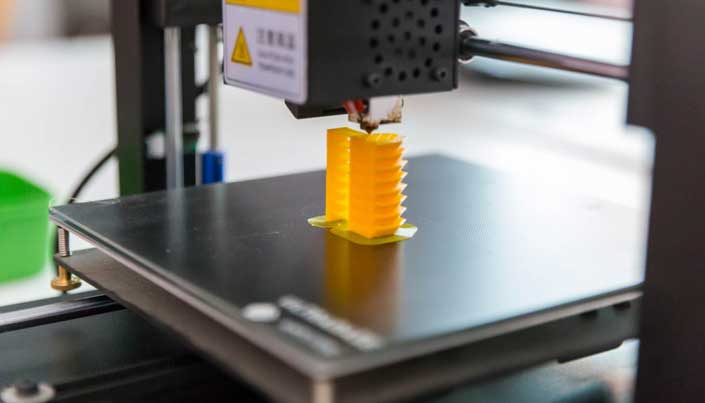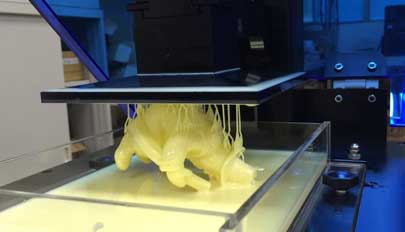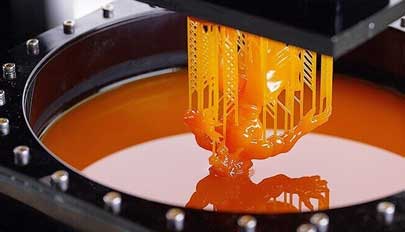How Can 3D Printing Be Used for Mass Production?

The answer depends on the product and the volume of production. Using mass production methods, like 3D printing, will help manufacturers reduce the time between concept development and mass production. The process can cut lead times on prototypes and end-use parts, while creating cheap custom tooling. Injection molding, for example, requires custom 3D-printed molds. Custom-made molds will enable manufacturers to develop products faster and with greater flexibility.
SLA 3D printing

SLA 3D printing can be a viable option for manufacturing complex items. Unlike FDM, the process uses a liquid photopolymer material and a build platform at a distance of one layer height from the liquid’s surface. The light from the UV laser selectively cures the photopolymer resin, solidifying it. It also activates the monomer carbon chains in the photopolymer, creating solid, unbreakable bonds.
Unlike FDM, SLA 3D printing can produce high-quality parts for mass production. With a single print, you can create several copies of the same part. The process is quick, easy, and inexpensive. With a small footprint, it can be easily accommodated in small manufacturing units. SLA 3D printers are especially helpful for mass production of small and large parts. However, for mass production, a single machine can produce hundreds of pieces at a time.
SLS 3D printing
SLS 3D printing is a process that builds objects within a powder bed. To build a platform, a recoater or squeegee applies plastic powder to the part. The software then slices the component into individual layers, forming a cross section through the object. Each layer represents a part during the printing process. Using this method, hollow sections can be printed easily.
This process allows complex geometries to be created without support structures. SLS was invented by Dr. Joe Beaman and Carl Deckard at the University of Texas at Austin. The technology has since been adapted to work with plastics, metals, glass, and ceramics. Today, SLS 3D printers can be used to produce high-quality, low-volume parts for various industries, Browse around this post.
SLS SLA 3D printing
The SLS SLA 3D printer uses a high-powered laser to build objects on a powder bed. During this process, the plastic powder is selectively melted and fused into the 3D part. To prepare the powder for printing, the machine preheats it to a temperature below the raw material’s melting point. After the powder has been preheated, a laser scans the bridge of the three-dimensional model. The unmelted powder acts as support during the printing process. This removes the need for additional support structures. The build chamber is kept slightly cooled inside the print enclosure.
In addition to functional prototypes, SLA can also be used for mass production. With an SLA 3D printer, it is possible to produce strong plastic fixtures and jigs. These are essential in mass production and can be made to order. It is ideal for parts that are not very complex in design. It is also ideal for low-volume production. The material used for SLA printing is also very versatile, which makes it suitable for a wide variety of applications.
SLA SLA 3D printing

The main difference between SLA and FDM is in the materials used. While the two types of 3D printing use thermoplastics, FDM uses a liquid resin. Both resins can be used to print objects, and they differ in their thermosetting properties. The resin used in SLA printers is a thermoset polymer that is cured by exposure to light. The thermoplastic material can be used to produce a variety of objects ranging from medical devices to household appliances.
Conclusion:
SLA printers have a smaller build volume than FDM printers, with the Ultimaker 2+ offering a build volume of 223 mm x 223 mm. However, SLA parts can be broken down into smaller pieces, and the material is bonded with a five to thirty-minute epoxy. As such, SLA printers are suitable for production of complex parts, including those that must be durable and high-quality.
